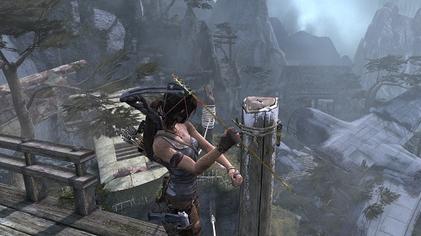The design that I had came up with.:
The design layout is simple, get all the important information to the viewers, and nothing else. Adding distractions will only take away from the overall experience.
As for the questions:
-My design is intended to be simple and conveying, all unnecessary information excluded.
-My role was at first to help with the levels, then I helped with problem solving on the overall project.
-I think we did okay as a team to meet most of the original design goals.
-I wish we were given more time, so as to allow greater refinement of the game.
-I don't believe I, or anyone else, had any "great" achievements. Instead, many small achievements combined to form the final product.









































